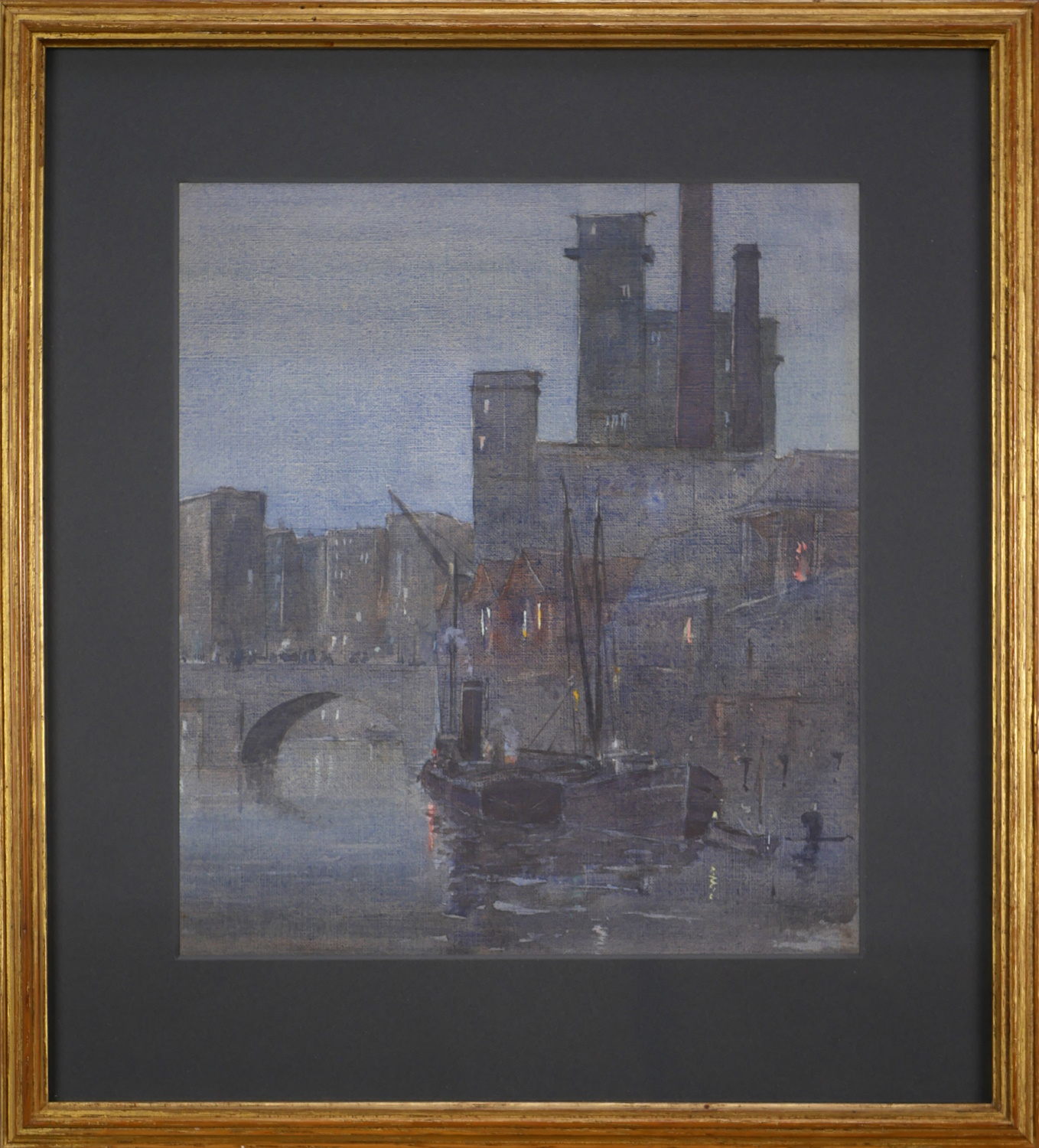Dening, Charles Frederick W. (c.1876-1953)
Charles Frederick William Dening was born in Chard, Somerset, on 21 December 1876 and was apprenticed to Henry Dare Bryan (1868-1909) in Bristol, from 1895 to 1899. He remained with him as his assistant until 1901 when he commenced independent practice as an architect in Bristol. From 1901 to 1918 he was in partnership with Ernest George Rodway as Rodway & Dening.
Dening was elected a Licentiate of the Royal Institute of British Architects (LRIBA) in 1910, and a Fellow of the Royal Institute of British Architects (FRIBA) in 1913. He was also a member of the Bristol Society of Architects and its President from 1926 to 1928.
Dening’s early work was in the prevailing Arts and Crafts style, however, he subsequently became one of Bristol’s leading proponent of the Georgian Revival. In 1912 he won first prize in a Country Life competition to design a holiday cottage. The design revealed his growing interest in the neo-Georgian style. He subsequently adopted this style for many of the houses and churches he designed.
Following World War One, Dening was commissioned to design several war memorials including for Portbury, Guildford, Shepton Mallet and Portishead. In the 1930s he designed several swimming pools including Bristol South in Bedminster (1929-31), Shirehampton (1931), Speedwell (1935) and Knowle (1935). He also designed the Central Health Clinic on Tower Hill, Bristol (completed in 1937).
In addition to his work as an architect, he was also a painter. He exhibited at the Royal West of England Academy in Bristol, at the Royal Academy, Royal Institute of Oil Painters, and the Royal Institute of Painters in Water Colours in London. He was elected a member of Bristol Savages in 1919 and was its President in 1925. He was also a keen photographer and was President of the Bristol & West of England Photographic Society. Dening was the author and illustrator of books on the architecture of Georgian Bristol.
His address was given as The Hut, Portishead, Bristol in 1910 and 1913; and Gaunt House, Orchard Street, Bristol in 1910 and 1939. He died in Bristol, Gloucestershire on 26 June 1952.
Showing the single result
